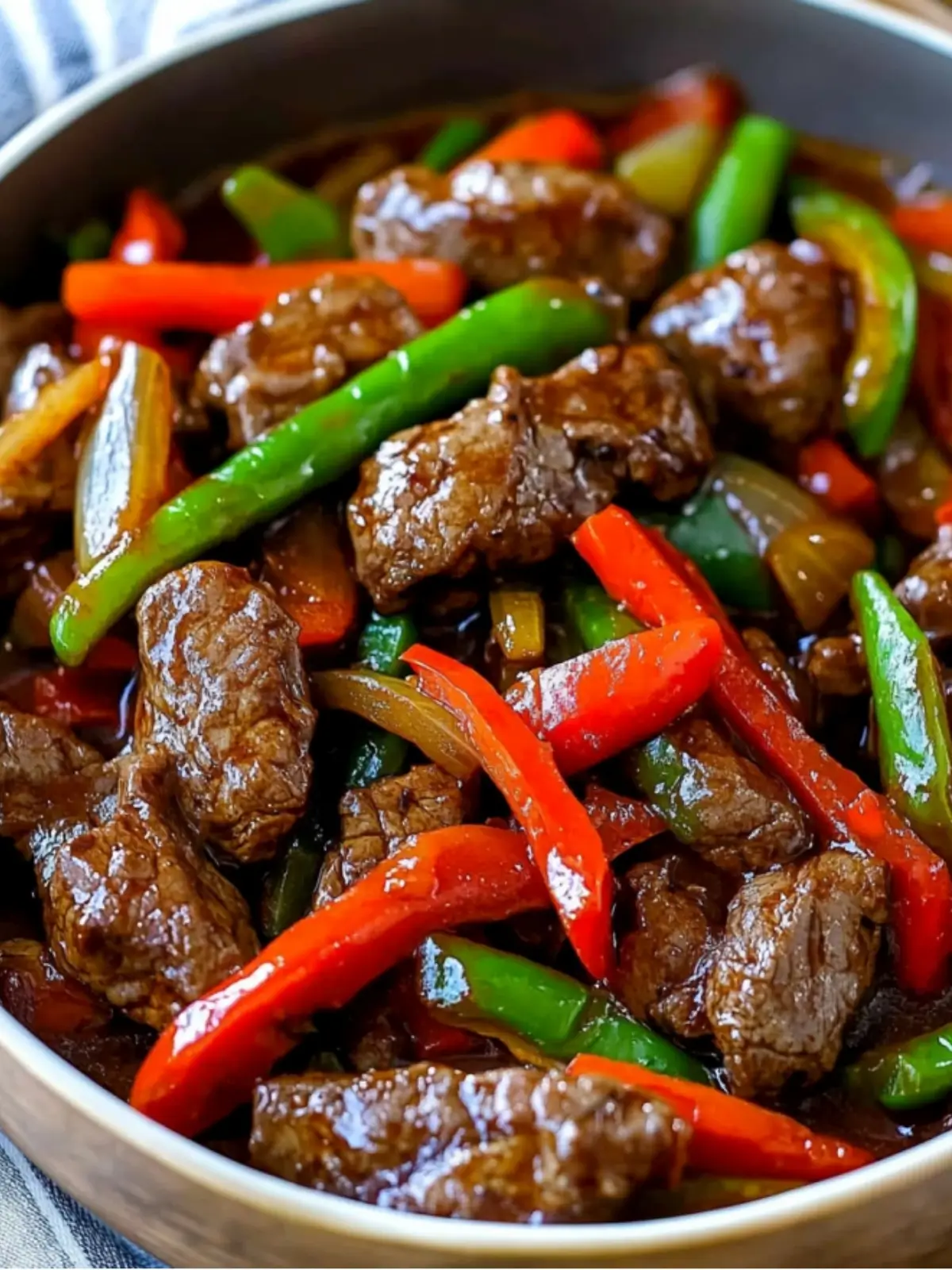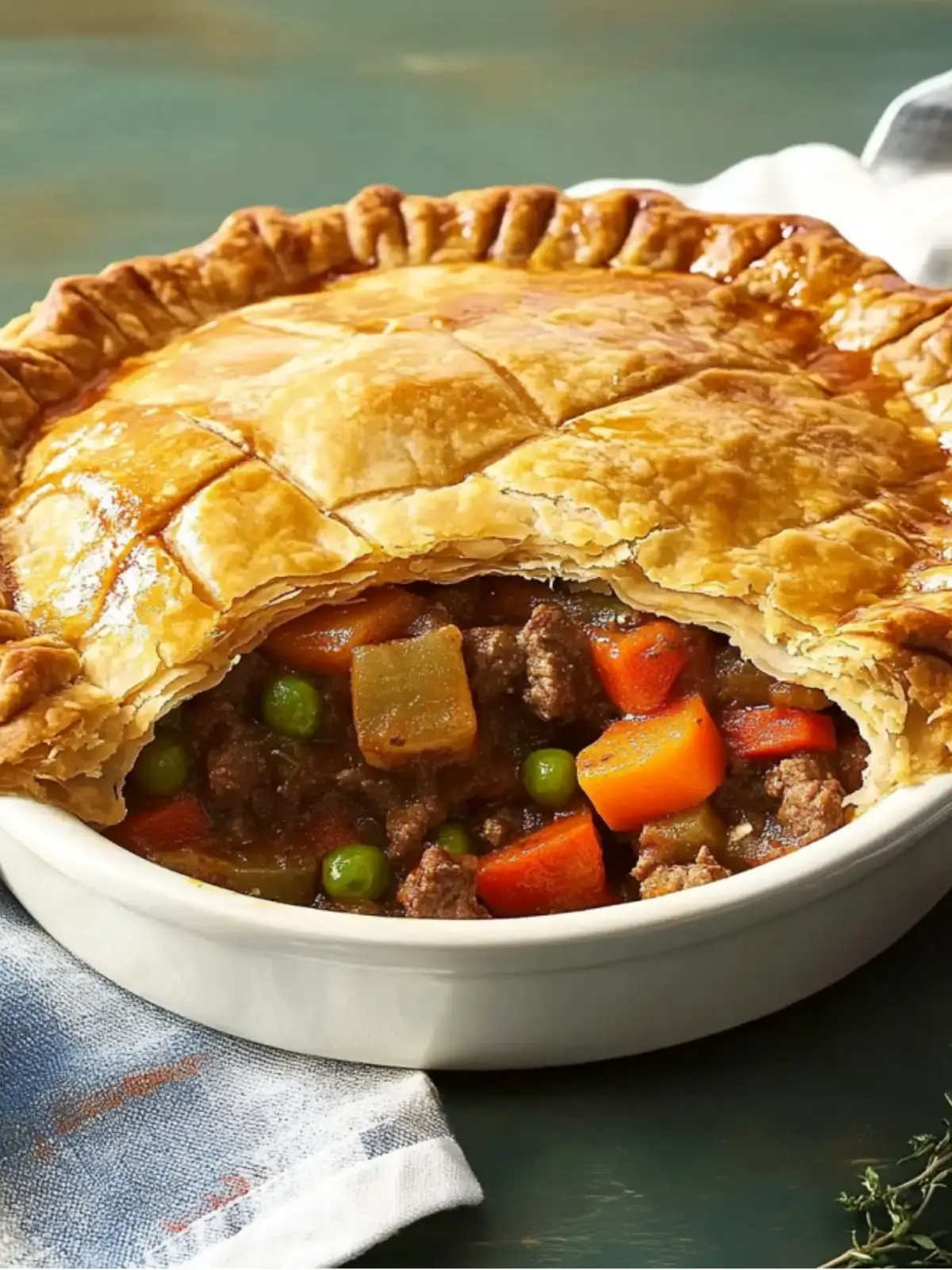Introduction To Mediterranean Yellow Rice
ADVERTISEMENT
Mediterranean Yellow Rice is a vibrant and flavorful dish that holds a special place in Mediterranean cuisine.
This nutritious and aromatic side dish is not only a staple in many households but also a testament to the rich culinary traditions of the Mediterranean region.
Its primary ingredient, Basmati rice, is renowned for its unique fragrance and long, slender grains, which contribute to the dish’s distinctive texture and taste. Enhanced with turmeric, a powerful antioxidant, Mediterranean Yellow Rice is not only delicious but also offers numerous health benefits.
Its vibrant yellow hue, characteristic of turmeric, makes it not just a feast for the taste buds but also a delight for the eyes.
Whether served alongside grilled meats or as part of a vegetarian meal, this dish is versatile, easy to prepare, and embodies the essence of Mediterranean flavors.
Key Ingredients and Substitutions
The beauty of Mediterranean Yellow Rice lies in its simplicity and the symphony of flavors created by a few key ingredients. The recipe primarily calls for:
- Basmati Rice: The backbone of this dish, basmati rice is preferred for its fluffy texture and distinct aroma. It’s important to choose high-quality rice for the best results.
- Turmeric: This spice not only imparts a rich yellow color but also offers numerous health benefits, including anti-inflammatory properties.
- Onions and Garlic: These common aromatics add depth and sweetness to the dish.
- Spices: A blend of cinnamon, cumin, and occasionally cardamom, contributes to the rice’s warm and inviting flavor profile.
However, Mediterranean Yellow Rice is adaptable to various dietary preferences and pantry limitations. Here are some substitutions that can be made without compromising the dish's integrity:
- Rice Varieties: While basmati is ideal, other long-grain rice like Jasmine can be used. For a healthier twist, brown rice is an excellent substitute, though it may alter the cooking time and texture.
- Vegan Variations: To cater to vegan diets, vegetable stock can replace chicken stock, and plant-based oils can be used instead of ghee.
Experimenting with these ingredients allows for a personalized touch while staying true to the dish’s Mediterranean roots.
Cooking Techniques
The art of cooking Mediterranean Yellow Rice lies in mastering a few simple techniques that ensure perfectly cooked, fluffy rice every time. Here’s a step-by-step guide:
- Rinsing and Soaking: Begin by thoroughly rinsing the basmati rice under cold water until the water runs clear. This step removes excess starch, preventing the rice from becoming sticky. Soaking the rice for about 15-20 minutes helps soften the grains, leading to a better texture after cooking.
- Sautéing Spices and Aromatics: In a large pot, heat oil or ghee and sauté finely chopped onions and garlic until golden. Then, add spices like turmeric, cinnamon, and cumin. This process, known as blooming, intensifies the flavors of the spices.
- Cooking the Rice: Add the rice to the pot, stirring it with the spices. Pour in the stock or water, bring it to a boil, then reduce the heat and let it simmer covered. This slow-cooking method allows the rice to absorb the flavors fully and cook evenly.
- Resting and Fluffing: Once cooked, let the rice sit covered for about 10 minutes. This resting period lets the rice settle and steam, enhancing the texture. Finally, fluff the rice with a fork to separate the grains gently.
By following these steps, you’ll be able to create a delicious and authentic Mediterranean Yellow Rice that’s both nutritious and appealing to all palates.
FAQs Section
Mediterranean Yellow Rice raises several questions among cooking enthusiasts. Here are some frequently asked questions to provide more clarity:
- Can Different Types of Rice Be Used?
Yes, while basmati rice is preferred for its fluffiness, Jasmine or even short-grain rice can be used. However, cooking times may need to be adjusted based on the type of rice. - Is Soaking Rice Necessary?
Soaking rice helps in better absorption of flavors and ensures a fluffier texture. It is recommended to soak the rice for at least 15-20 minutes for the best results. - Can Other Spices or Herbs be Added?
Absolutely! Experimenting with spices like paprika or adding fresh herbs like mint or dill can enhance the dish’s flavor profile. This flexibility makes Mediterranean Yellow Rice a versatile dish suitable for various taste preferences. - What are the Health Benefits of Turmeric?
Turmeric, a key ingredient, is known for its anti-inflammatory and antioxidant properties, making this dish not only tasty but also beneficial for health.
Serving Suggestions
Mediterranean Yellow Rice pairs wonderfully with a variety of dishes, making it a versatile addition to any meal. Here are some serving suggestions:
- With Protein: The rice complements grilled or roasted chicken, seafood like shrimp or fish, and even vegetarian protein sources like tofu or chickpeas.
- As a Side Dish: It can be served alongside other Mediterranean favorites such as lamb kebabs, grilled vegetables, or a simple salad incorporating fresh ingredients like cucumbers, tomatoes, olives, and feta cheese.
- With Curries: Its subtle flavors pair nicely with more robust dishes like chicken or vegetable curries.
These combinations not only provide a balanced meal but also allow the flavors of the rice to shine through, enhancing the overall dining experience.
Storage and Reheating Tips
Proper storage and reheating are crucial for maintaining the quality and flavor of Mediterranean Yellow Rice. Here are some tips:
- Storage: After cooling to room temperature, store the rice in an airtight container in the refrigerator for up to 3-4 days. For longer storage, freeze it for up to 3 months.
- Reheating: To reheat, add a little water or stock to the rice to prevent it from drying out. Heat it in a microwave-safe bowl or on the stovetop until it's thoroughly heated. This method ensures the rice remains moist and fluffy.
Conclusion
In conclusion, Mediterranean Yellow Rice is more than just a side dish; it's a celebration of flavors and textures, embodying the spirit of Mediterranean cooking.
By understanding the key ingredients, mastering the cooking techniques, and exploring different serving options, one can truly appreciate the versatility and charm of this delightful dish.
So, whether you're a seasoned cook or a novice in the kitchen, give this recipe a try and bring a taste of the Mediterranean to your table.





Leave a Reply